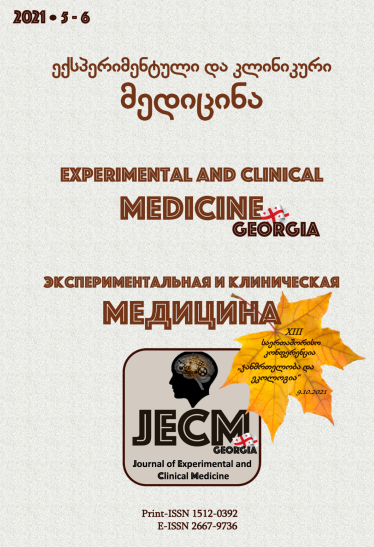EVALUATION OF HEALTH SERVICES FOR THE POPULATION OF BORDER REGIONS
Keywords:
Health services, Border regions, Mental healthAbstract
The study found that the needs of the population of border regions for medical services increased significantly after the conflict. The number of both new cases and general morbidity has increased. Mental health problems have increased, which can be explained by contributing risk factors. According to demographic parameters, migration processes have significantly increased, both inside and outside the country, especially the reproductive population, the population is aging and there is a significant increase in chronic diseases. Existing medical services do not fully meet the needs of the population and require infrastructural change.
Downloads
References
Buttorff C, Ruder T, Bauman M. A multiple chronic condition in the United States. Santa Monica, CA: RAND Organization; 2017. Available at: https://www.rand.org/content/dam/rand/pubs/tools/TL200/TL221/RAND_TL221.pdf. Accessed September 16, 2019.
Pathirana TI, Jackson CA. Socioeconomic status and multimorbidity: a systematic review and meta-analysis. Aust N Z J Public Health. 2018; 42:186–194.
Berchick E, Barnett J, Upton R. Health Insurance Coverage in the United States. 2018. [2020-05-07].


